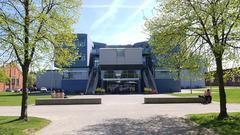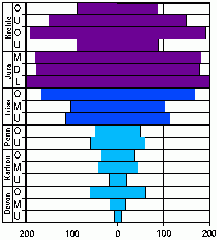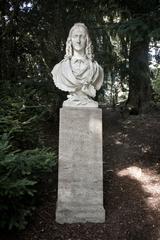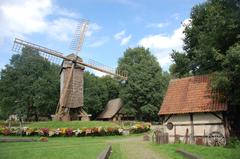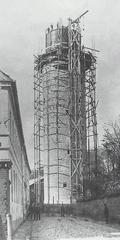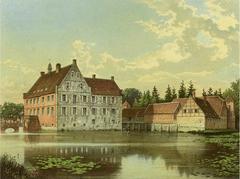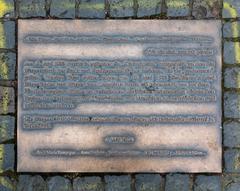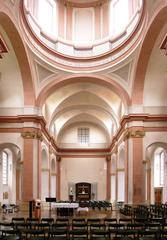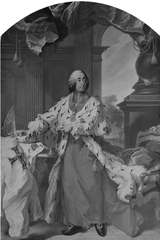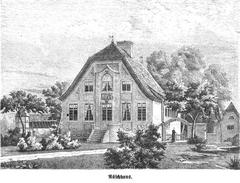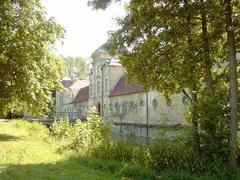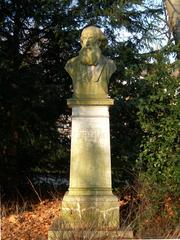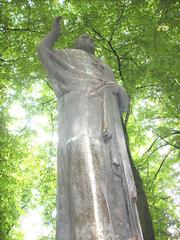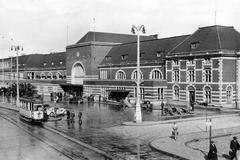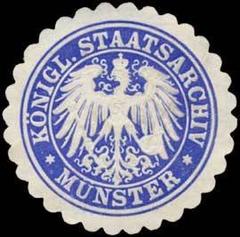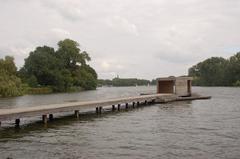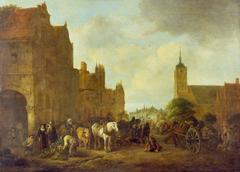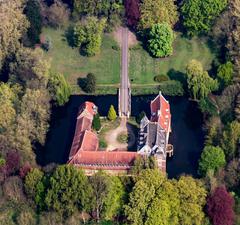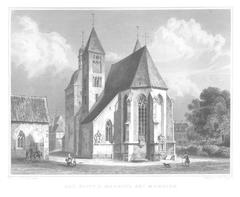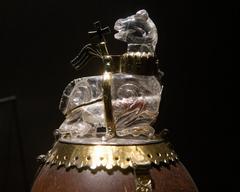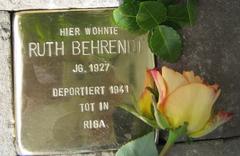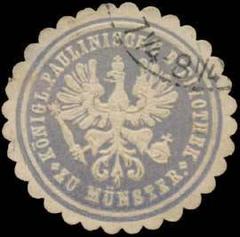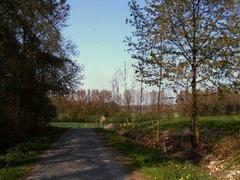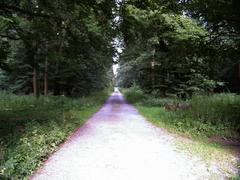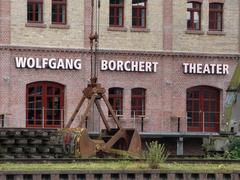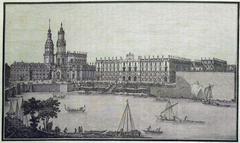Visiting Hours and Tickets for St. Lamberti in Münster
Date: 23/07/2024
Introduction
St. Lamberti Church in Münster, Germany, is an architectural and historical marvel that encapsulates the rich cultural tapestry of the city. Built between 1375 and 1450 during the Gothic period, the church stands as a testament to the artistic and architectural prowess of medieval Europe. Named after Saint Lambert of Maastricht, St. Lamberti Church has undergone significant transformations over the centuries, including extensive renovations in the 19th century led by German architect Emil von Manger (Münster Tourism). The church is not only a place of worship but also a symbol of resilience, having been a focal point during the Münster Rebellion in the 16th century and suffering extensive damage during World War II, followed by meticulous restoration efforts (Britannica). Today, it is a vibrant cultural and historical landmark that attracts tourists and locals alike, offering guided tours, special events, and a glimpse into Münster’s storied past.
Table of Contents
- Introduction
- Early Beginnings and Construction
- Architectural Evolution
- The Münster Rebellion
- World War II and Reconstruction
- Modern-Day Significance
- Notable Features and Artifacts
- Preservation and Conservation Efforts
- Visiting St. Lamberti Church
- Special Events and Photographic Spots
- Conclusion
- FAQ
- References
Explore the Rich History and Visitor Guide of St. Lamberti Church in Münster
Early Beginnings and Construction
St. Lamberti Church’s history dates back to the 14th century. The original church was constructed between 1375 and 1450, during the Gothic period, reflecting its architectural style. Named after Saint Lambert of Maastricht, the construction was part of a broader movement to build grand religious structures in Münster, reflecting the city’s growing importance and wealth during the medieval period.
Architectural Evolution
Initially built in the Gothic style, St. Lamberti Church features a prominent west tower completed in 1450, notable for its height and intricate design. The church’s nave and aisles are characterized by ribbed vaults and large stained glass windows, typical of Gothic architecture. In the 19th century, significant renovations under architect Emil von Manger aimed to restore the church while incorporating Neo-Gothic elements. These renovations included new stained glass windows, stonework repairs, and a new organ.
The Münster Rebellion
The Münster Rebellion (1534-1535) is a significant event in the church’s history. Radical Anabaptists, who sought to establish a theocratic kingdom, took control of Münster and used St. Lamberti Church as a stronghold. The rebellion was eventually crushed by the forces of Bishop Franz von Waldeck. The leaders were executed, and their bodies displayed in iron cages hung from the church’s tower as a warning. These cages remain on the tower today (Britannica).
World War II and Reconstruction
St. Lamberti Church suffered significant damage during World War II, particularly from Allied air raids that destroyed much of its roof and interior. However, the tower and outer walls remained largely intact. Reconstruction efforts from 1946 to 1956, led by architect Wilhelm Ferdinand Lipper, aimed to preserve the original structure while incorporating modern techniques.
Modern-Day Significance
Today, St. Lamberti Church is a significant cultural and historical landmark in Münster. It is part of the city’s historic center, a UNESCO World Heritage Site. The church hosts regular services, concerts, and cultural events, making it a vibrant part of the community. Its tower, with the iron cages, is one of the city’s most recognizable landmarks.
Notable Features and Artifacts
St. Lamberti Church houses several notable features and artifacts, including a 16th-century astronomical clock, medieval and Renaissance art, and a 19th-century organ renowned for its rich sound. These elements reflect the church’s long and storied history.
Preservation and Conservation Efforts
Preserving St. Lamberti Church’s historical and architectural integrity is an ongoing effort. Recent conservation efforts include using modern technology like 3D scanning and digital modeling to document the structure and identify areas in need of repair.
Visiting St. Lamberti Church
Visiting Hours
The church is open to visitors throughout the year. Check the official Münster tourism website for up-to-date visiting hours and any special events that may affect access.
Tickets
Entry to the church is typically free, but there may be fees for guided tours or special exhibits. Check the official website for ticket prices.
Guided Tours
Guided tours are available and provide in-depth insights into the church’s history and architecture. Booking in advance is recommended.
Travel Tips
St. Lamberti Church is easily accessible by public transportation. Its central location makes it a convenient stop while exploring Münster. Nearby attractions include the Prinzipalmarkt and the Münster Cathedral.
Accessibility
The church aims to accommodate all visitors, with ramps and other facilities available for those with mobility issues.
Special Events and Photographic Spots
St. Lamberti Church hosts various special events, including concerts, religious ceremonies, and cultural festivals. These events offer unique opportunities to experience the church in different contexts. For photography enthusiasts, the church provides numerous picturesque spots, including its Gothic architecture and stained glass windows.
Conclusion
St. Lamberti Church is a symbol of Münster’s rich cultural and architectural heritage. From its Gothic origins to its role in significant historical events and its modern-day significance, the church offers a unique and enriching experience. Whether exploring its history, attending a service, or enjoying the view from its tower, St. Lamberti Church is a must-visit destination in Münster.
For more information, including visiting hours and tour availability, please visit the official Münster tourism website.
FAQ
-
What are the visiting hours of St. Lamberti Church? The church is open to visitors throughout the year. Please check the official Münster tourism website for current visiting hours.
-
How much does it cost to visit St. Lamberti Church? Entry to the church is typically free, but there may be fees for guided tours or special exhibits. Check the official website for ticket prices.
-
Are guided tours available? Yes, guided tours are available and provide detailed insights into the church’s history and architecture. Booking in advance is recommended.
-
Is St. Lamberti Church accessible for visitors with mobility issues? Yes, the church aims to accommodate all visitors, with ramps and other facilities available for those with mobility issues.
References
- Explore the Rich History and Visitor Guide of St. Lamberti Church in Münster. (2024). Retrieved from Münster Tourism
- The Münster Rebellion. (n.d.). In Encyclopædia Britannica. Retrieved from Britannica
